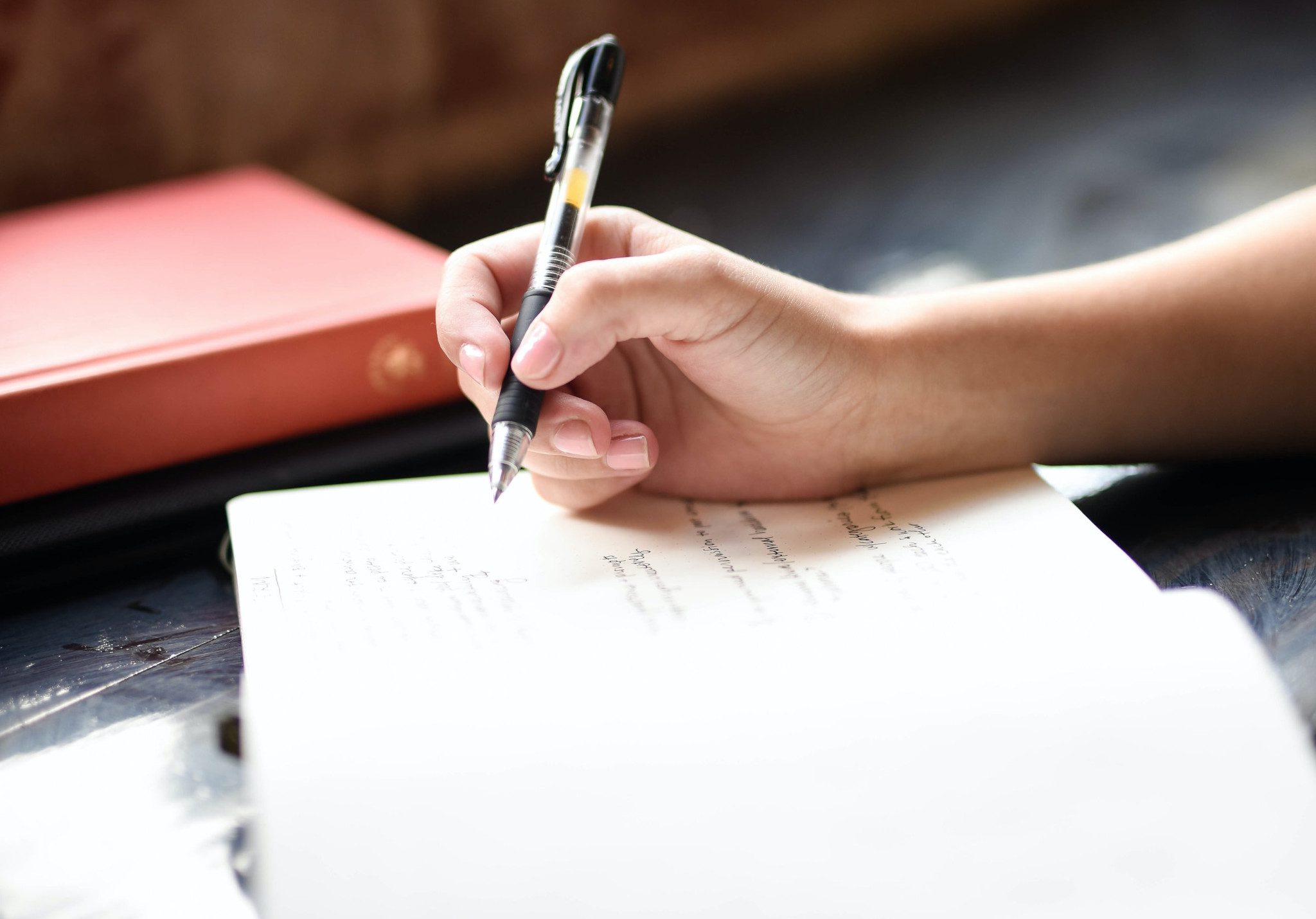None of us are free from cognitive biases. They can distort our ability to make clear judgments and push students towards hasty, incorrect conclusions. These biases can also negatively impact how students manage their own learning.
Training students to be rational thinkers entails making students aware of their cognitive biases and giving them strategies to overcome them. Students who can think critically and challenge their assumptions are better equipped to tackle problems in all aspects of life.
Let’s take a look at some of the most common cognitive biases that affect learning, and how you can give students the tools to counter them — including discussions on Kialo Edu!
Five activities to counter cognitive biases with students
1. Confirmation bias
What is confirmation bias and how does it affect students?
Confirmation bias describes the tendency to seek out and give more weight to information or opinions that align with our existing beliefs. This common bias can partly explain the polarization of media consumption along political lines.
This bias can manifest in the classroom in various ways. Students undertaking projects that require independent research might only engage with sources that support their point of view. In class discussions, students might focus on contributions that support what they already believe, ignoring or dismissing other ideas out of hand.
Activities and strategies to counter confirmation bias
To counter this, teachers can design activities that explicitly require students to seek out arguments that they may not personally agree with. Randomly assigning positions in a class debate encourages students to look for evidence that supports opposing claims. If working on persuasive essays, have students peer-review each other’s work to propose counter-arguments.
On Kialo Edu, you can use the Perspectives feature in a discussion or when planning an essay to role-play how people might respond differently to the same arguments.
2. Belief perseverance
What is belief perseverance and how does it affect students?
Belief perseverance, the stubborn cousin of confirmation bias, refers to our inclination to cling to a conclusion even when faced with contradicting evidence.
In an educational setting, this can hamper students’ receptiveness to new information on a topic and their ability to take constructive feedback from teachers or peers. Collaborative projects suffer if students are not willing to acknowledge that others’ ideas may be better — and that sharing ideas with an open mind can create something greater than the sum of its parts!
Activities and strategies to counter belief perseverance
Modeling cognitive flexibility can be the antidote to belief perseverance. Changing your own mind when confronted with student perspectives you hadn’t considered before shows that moderating your position is a sign of intellectual strength, not weakness.

Reflective activities like journaling prompt students to analyze their own learning process and can also help combat this bias. Task students to reflect on how their thinking changed or the moment when things “clicked” while studying a topic or unit. When we realize our ideas are always unconsciously evolving, it becomes easier to consciously take on new information which is counter to what we originally thought.
3. The availability heuristic
What is the availability heuristic and how does it affect students?
One side-effect of the human brain’s inherent pattern-seeking ability is the availability heuristic. This describes the process by which we overestimate the likelihood of phenomena occurring based on what most easily comes to mind — whether due to recent memory, prominence in the media, or other quirks of our psychology.
For instance, the heightened coverage of a few airplane disasters might make people think that traveling by plane is more dangerous than traveling by car (it isn’t by almost any metric!).
Activities and strategies to counter the availability heuristic
Analyzing how media headlines can present a distorted view of social phenomena can help to build information-literate students capable of digging deeper to find evidence for their assumptions. For instance, you can have students contrast media coverage of crime with actual crime statistics.
This tendency to jump to conclusions can also impact how students approach common class activities. After reading a text, a student might rush through answering questions by associating keywords rather than looking at the subtle meaning conveyed by the questions or the passages themselves. Encourage students to “think slower,” emphasizing the ability to explain their thinking over finishing their work quickly.
4. The Dunning-Kruger effect
What is the Dunning-Kruger effect and how does it affect students?
The Dunning-Kruger effect describes the tendency for people with limited knowledge in a particular area to be overconfident in their abilities. Novice drivers, for example, sometimes vastly overestimate their abilities, not aware of their potentially dangerous maneuvers. In an educational environment, this bias can prompt students to erroneously believe they’ve mastered a topic when they, in fact, have only a cursory knowledge of it.
Activities and strategies to counter the Dunning-Kruger effect
As with belief perseverance, reflective practices like journaling help students become aware of the time it takes to internalize knowledge.
Furthermore, a good test of whether students really understand a topic is whether they can explain it effectively to somebody else. Collaborative activities, such as jigsaw reading, are great for students to teach each other different aspects of a topic while demonstrating the limits of superficial understanding.
5. The Google effect

Chances are you’ve observed the Google effect yourself, especially if you didn’t always have a smartphone in your pocket. It describes the difficulty we sometimes have retaining information that we know is easy to find online. This can even extend to remembering how to do certain tasks.
The shift in 21st-century education away from memorization and towards critical thinking is a positive development. Still, students do need to retain some facts, and they certainly need to remember how to do things.
Activities and strategies to counter the Google effect
To counter the Google effect, encourage students to experiment with different forms of note-taking to find what works best for them. Activities that focus on retrieval can help to train students’ recollection skills. For example, you might ask students to present knowledge without notes, and then have them collaborate after the presentation to re-constitute the key points.
As AI chatbots like ChatGPT threaten to disrupt traditional learning further, consider focusing even more on activities that develop higher-order thinking. Presentations, class discussions, and collaborative projects all require that information be delivered in a meaningful context, aiding retention. Kialo Edu discussions require students to use independent reasoning to link supporting and opposing ideas, making them particularly resistant to students taking AI-powered shortcuts.
Teaching students how to think critically, seek out supporting evidence, and engage with different perspectives are all among our core objectives here at Kialo Edu. We hope that our suggestions for countering cognitive biases will aid your students in becoming confident critical thinkers. To that end, if you have any more suggestions for how students can counter cognitive bias in the classroom, don’t hesitate to share them with us on our social media, or at feedback@kialo-edu.com!
Looking for more inspiration on how to teach critical thinking in your classroom? We’ve got lots of other resources!

